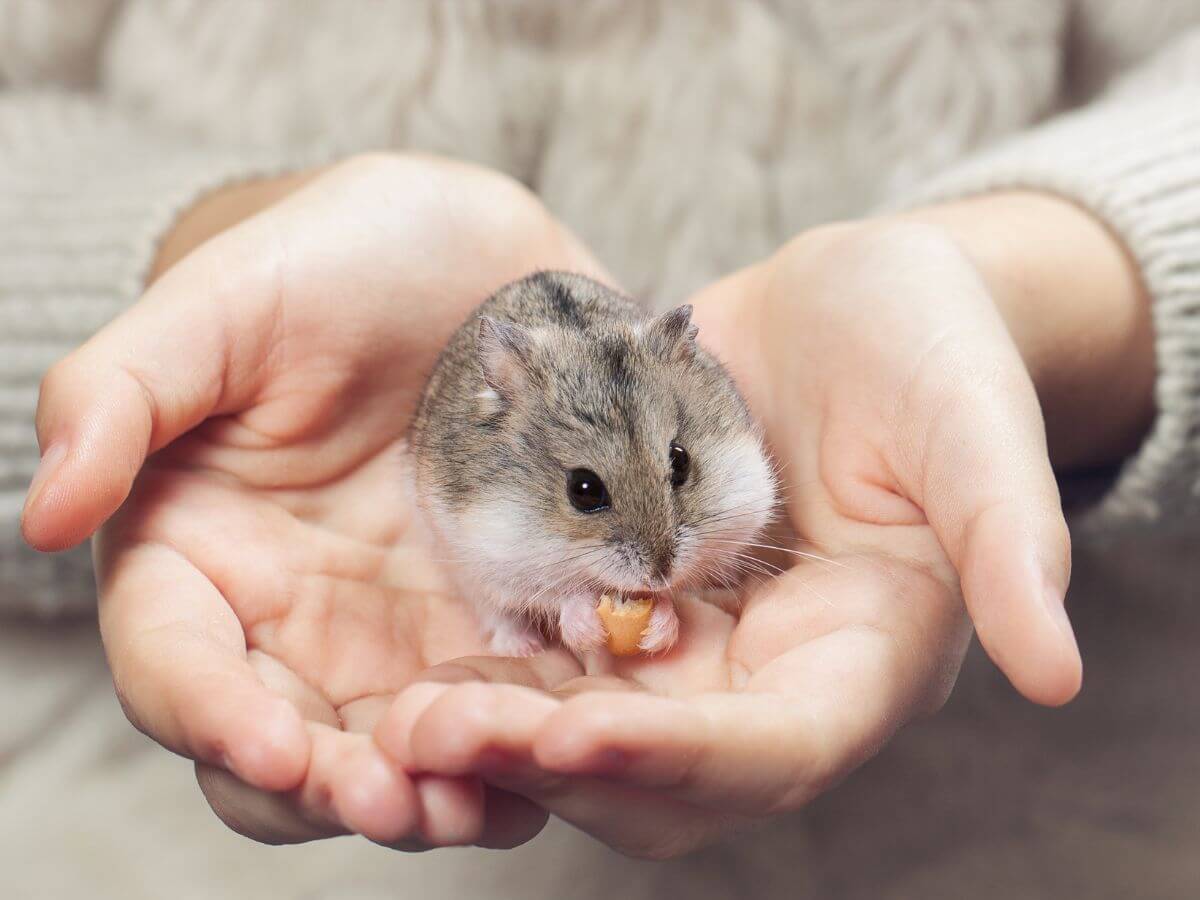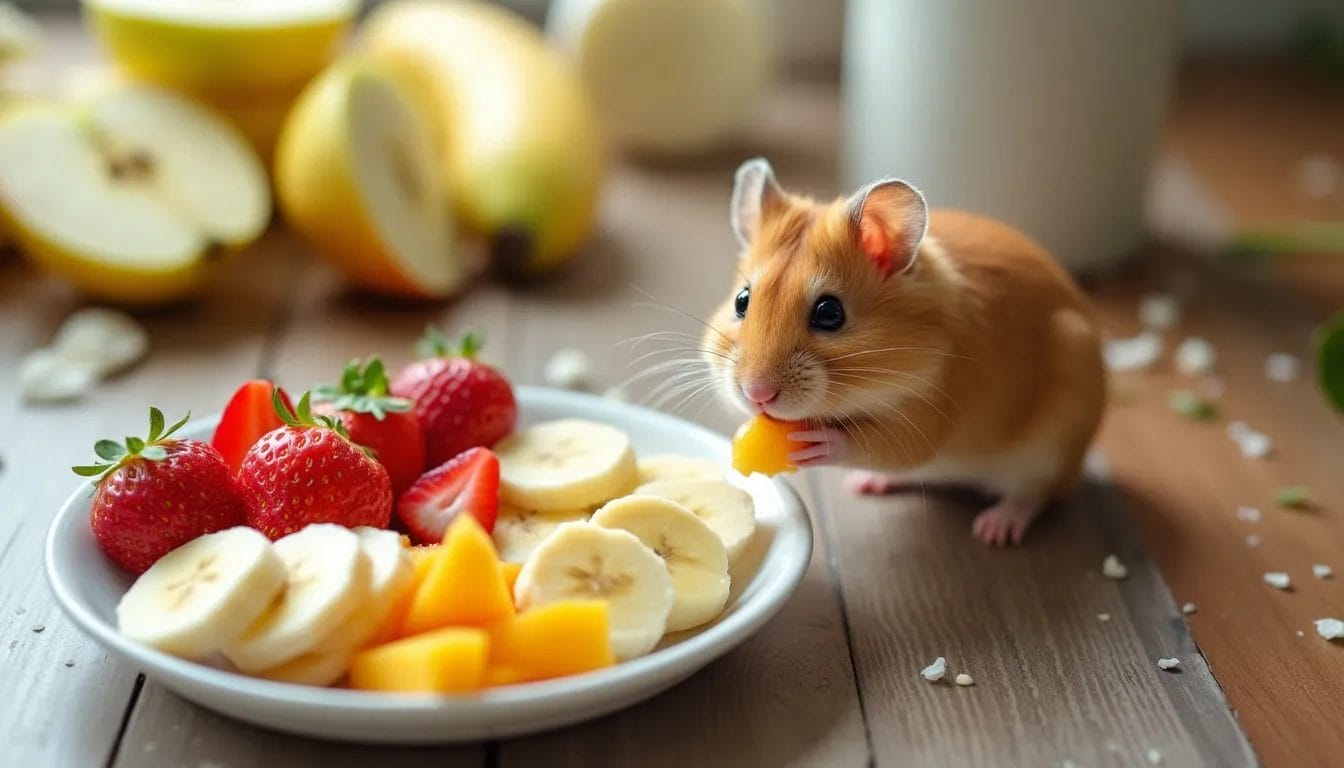
Understanding Hamster Behavior and Care Essentials
Imagine stepping into the world of a creature so small that its entire life revolves around a space no bigger than your laundry basket, yet so full of personality and quirks, it could easily rival that of the largest pets.
Welcome to the fascinating universe of hamsters—furry balls of energy whose activities within their cages can provide endless amusement and affection. These tiny acrobats have a penchant for exploring every nook and cranny on their hind legs, transforming simple bedding into intricate tunnels and hideouts, showcasing an architectural prowess that would make any interior designer proud.
This article is your golden ticket to understanding hamster behavior and mastering the care essentials needed to ensure these adorable creatures lead happy, healthy lives. Prepare yourself for a journey filled with fun insights and friendly advice as we delve deep into the heart of hamster care—where every piece of bedding tells a story and each little leap on hind legs marks the beginning of an exciting adventure.
Burrowing Instincts: Importance in Hamster Well-being
Dwarf hamsters, Syrian hamster and their common hamster cousins have a fascinating secret life that unfolds beneath the surface, quite literally! Their instinct to burrow is not just an adorable quirk; it’s a vital component of their well-being.
The burrowing instinct in hamsters plays a crucial role in their overall well-being, serving as a natural behavior that allows them to create a sense of security and comfort.
By providing the right bedding materials, such as shredded paper or hay, hamsters are able to fulfill their innate desire to dig and construct a burrow. This activity not only keeps them mentally stimulated but also serves as a form of exercise, promoting physical health and mobility.
Furthermore, digging and burrowing help hamsters regulate their body temperature by creating insulated underground tunnels where they can seek refuge from extreme temperatures.
It also aids in reducing stress levels and anxiety, allowing hamsters to exhibit natural behaviors that contribute to their emotional well-being. Understanding the importance of this instinct can lead to improved care practices, ensuring that hamsters have access to an enriching environment that supports their natural instincts and contributes to their overall happiness and health.
Chewing Habits: Necessity for Dental Health
Have you ever watched how eagerly hamsters eat or noticed them gnawing away at the bars of their cage with unending gusto? This behavior isn’t just a quirky trait of our furry friends; it’s a necessity that keeps their teeth in check. Much like these adorable critters, our chewing habits play a pivotal role in maintaining our dental health.
When we munch on crunchy fruits and vegetables, it’s not just a treat for our taste buds but also a natural way to clean our teeth and keep the gums healthy, mimicking the beneficial effects seen when hamsters gnaw to keep their pearly whites well-maintained.
Just as allowing your hamster to chew on safe items ensures they’re healthy and happy, incorporating various textures into your daily diet can do wonders for your oral health. It’s about finding that balance — much like ensuring your furry companion has both hard objects and softer foods to munch on for optimal tooth health.
Looking after our teeth by being mindful of what (and how) we chew casts an amusing parallel between us humans and our hamster pals. Embracing this simple yet effective habit not only promotes dental health but also brings us closer to understanding the natural instincts shared across species for well-being.
Grooming Routines: Keeping a Clean and Happy Pet
Did you know that a blissful hamster often equates to a meticulously groomed little critter? These charming pets have distinct preferences, evident in their joyful demeanor when their grooming needs are met with attentiveness. For instance, hamsters like to indulge in sand baths, which not only keeps their coat pristine but also seems to bring them immense joy. Observing your furry friend enthusiastically rolling around in the sand is not just amusing but a clear indicator that your hamster is happy and flourishing.
However, tread carefully; if neglected, these small creatures may bite as a means of communicating their discomfort or displeasure. It’s fascinating how such tiny beings can teach us about the importance of routine care and empathy.
When it comes to bathing your hamster, remember they are self-sufficient cleaners who do not need water baths. Instead, provide a separate area with hamster sand for them to roll around in, which helps them manage their natural oils and keep their fur clean. This simple yet crucial act not only promotes their well-being but also safeguards their health and happiness without the risks associated with getting them wet.
Generally, it is recommended to change the sand in your hamster’s bath area once or twice a week, depending on how soiled it becomes. Keeping the sand clean ensures your hamster can effectively groom itself and maintain its hygiene without any discomfort or health issues.
Meeting their grooming needs does more than maintain their physical well-being—it nurtures a deeper bond between pet and owner. So next time you watch your hamster eagerly await its sand bath or enjoy the gentle stroke of a brush, remember these moments are building blocks of trust and happiness for both of you.
Hibernation Patterns: Recognizing and Supporting Natural Cycles
When it comes to the adorable world of hamsters, did you know that these furry little creatures have a fascinating approach to managing their energy throughout the year? Yes, alongside being known for storing food in their cheek pouches and having an active nightlife while dozing off during daylight, hamsters also exhibit intriguing hibernation patterns.
This natural cycle is a wonder of adaptation, allowing them to conserve energy when temperatures drop or food becomes scarce – though in a cozy home environment, it’s more about the temperature cues than food availability.
To support your hammie during these cycles, understanding and recreating the right conditions can make all the difference. Ensure their habitat is at a stable temperature that discourages unnecessary hibernation due to cold shocks.
Given that they’re programmed to go into a deep slumber when conditions signal tough times ahead, keeping their environment consistently warm and providing them with ample bedding for burrowing will mimic summer-like bliss indoors.
Just remember: just because your hamster might be less visible during its usual nocturnal romps doesn’t always mean it’s time to hibernate; sometimes they’re just catching up on some much-needed rest after all that night-time activity!
Interpreting Hamster Body Language: Yawns, Ears Forward
Spotting your hamster yawning might just be the cutest thing you see all day, but have you ever wondered what it’s really saying? Yawning in hamster-speak isn’t just about tiredness. It can be a sign of stress or an attempt to cool down.
Yep, these adorable furballs don’t sweat like we do; instead, they yawn to regulate their body temperature. So next time your little buddy lets out a big yawn, consider the environment. Is it too warm, or has there been a lot of bustling activity around them?
Now, ears are another fascinating aspect of hamster body language worth noting. Have you seen your furry friend with its ears laid back suddenly while staying in one position? This stance might mean they’re feeling uneasy or scared – perhaps there’s something in their space making them feel threatened. Contrastingly, when those tiny ears are perked forward, it’s usually a sign of curiosity and alertness; something has piqued their interest!
Understanding these subtle cues can transform how we perceive our pets’ actions and reactions within our shared spaces, opening up new dialogues without words but with mutual understanding and respect for their comfort and well-being. Below is a list of common body language of a hamster and it’s meaning:
- Curling up into a ball: Fear or discomfort
- Stretching out fully: Relaxation or trying to cool down
- Rapid sniffing: Interest or excitement
- Grooming: Contentment or self-soothing
- Freezing in place: Fear or sensing danger
- Chattering teeth: Aggression or warning
- Ears back and low: Aggression, fear, or submission
- Yawning: Tiredness or stress relief
- Scratching frequently: Could indicate parasites or skin issues; also normal grooming behavior
Enhancing Life for Our Small Companions
In conclusion, the journey to enhancing life for our small companions, hamsters, is both a delightful and rewarding endeavor. By understanding their unique needs, providing ample space to play and exercise, stimulating environments, and ensuring their emotional well-being, we not only enrich their lives but also deepen the bond we share with these adorable creatures.
Remember, the key to a happy hamster is as simple as offering love, care, and a sprinkle of creativity in their daily routines. Let’s commit to creating a tiny paradise for these furry friends, making every day an adventure worth scurrying for. So grab that exercise wheel, fluff up the bedding, and let’s make the lives of our hamster pals as joyous and vibrant as they make ours!





